Rating of the best stereo microscopes for 2022
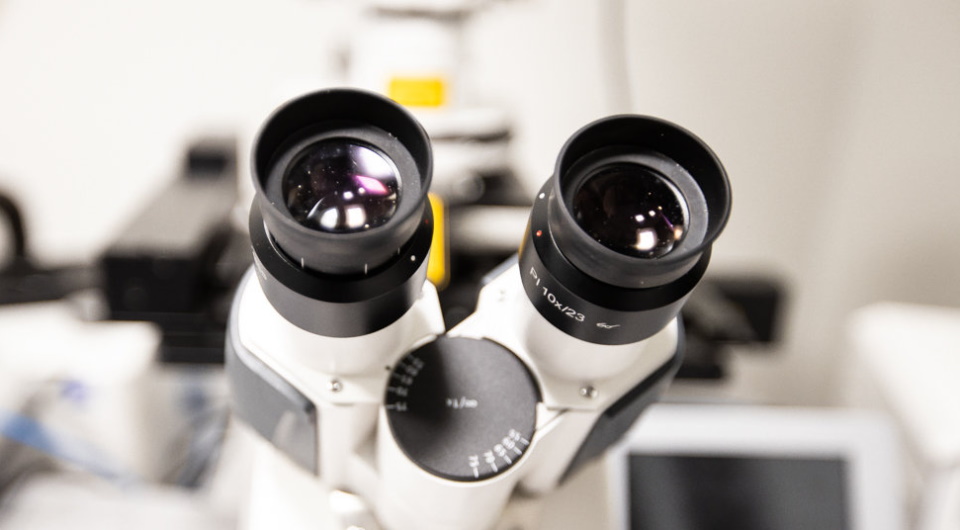
A stereoscopic microscope is an excellent tool for chemists, biologists, geologists, radio electronics engineers or jewelers. Conducting scientific research, performing technological operations or repair work, as well as the educational process cannot be imagined without this optical device.
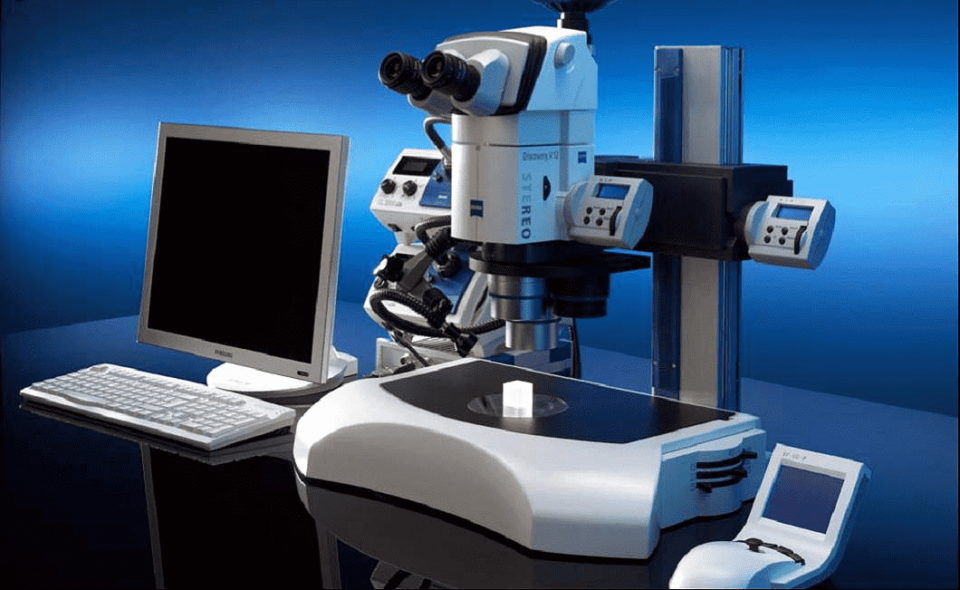
The Russian market is filled with optical products offered by the best manufacturers for use in various fields. For each case, a device with a set of necessary characteristics is required. After all, you can buy a high-quality model at a high price, but the functionality of which will be used to a minimum. To help you choose the right device, our review of the best devices will help.
Content
General information and purpose
A stereomicroscope is a high-precision optical device with lenses for multiple magnification of images of small samples or objects with their volumetric perception.
The principle of operation is to connect two microscopes into a single housing, which has different optical paths that focus at slightly different angles on a single point, similar to how human vision works. This allows you to create a three-dimensional volumetric image to analyze the structure and details of the surface.
Applications
- hobbies and hobbies for studying coins, stamps, precious stones;
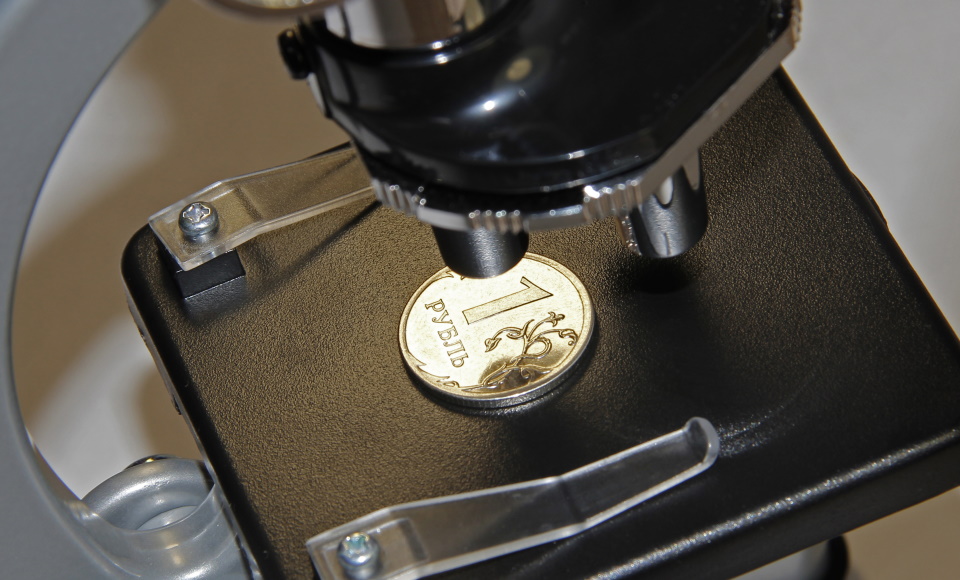
- in the education system as an educational apparatus for practical and laboratory work in biology, chemistry, botany, zoology, entomology, etc.;

- scientific research in chemistry, geology, oceanography, metallurgy and other fields;

- in medicine for daily research analyses, fundamental experiments, and also as a dental instrument;
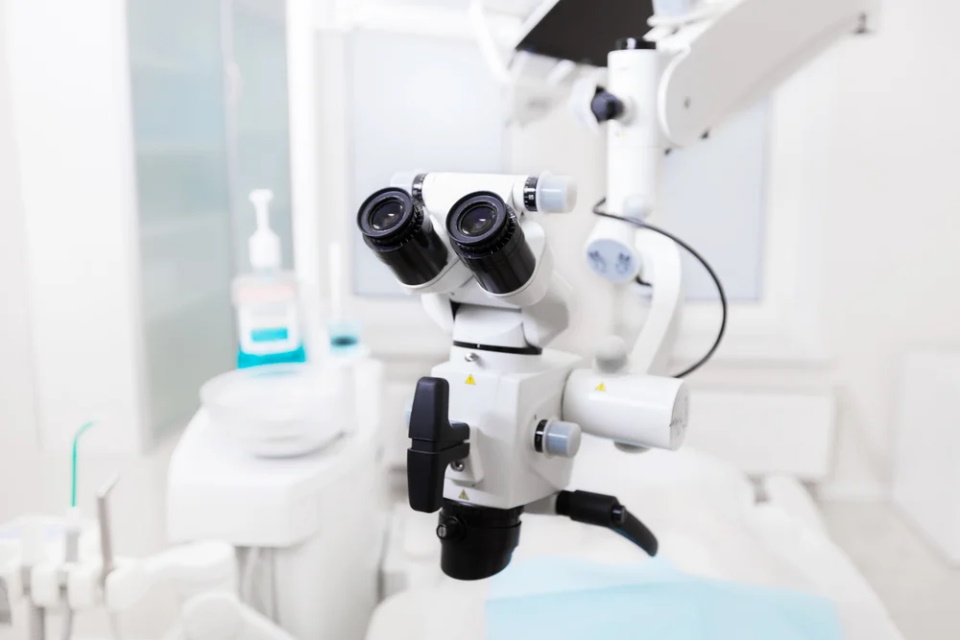
- in forensic medicine for examinations;

- in the system of life safety and health protection to control the quality of water, food, medicines;
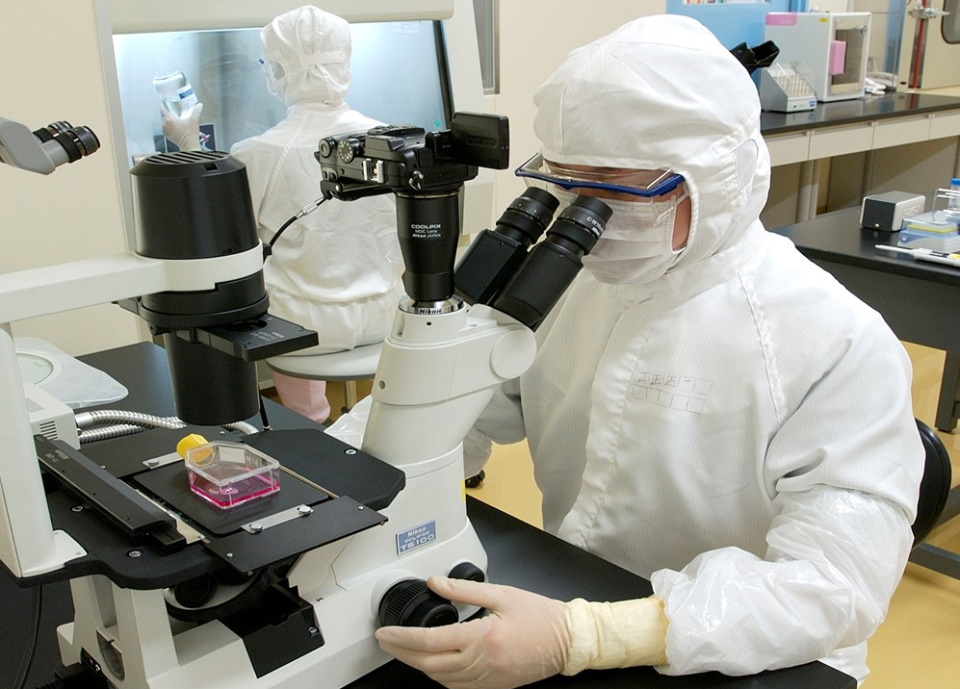
- in industry to control the assembly of electronic components;
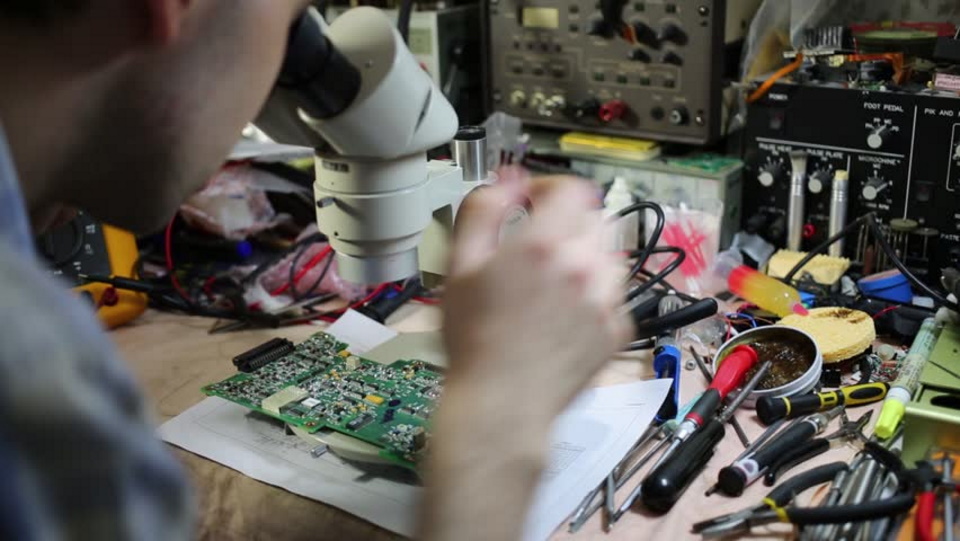
- in jewelry production for the analysis and verification of products;
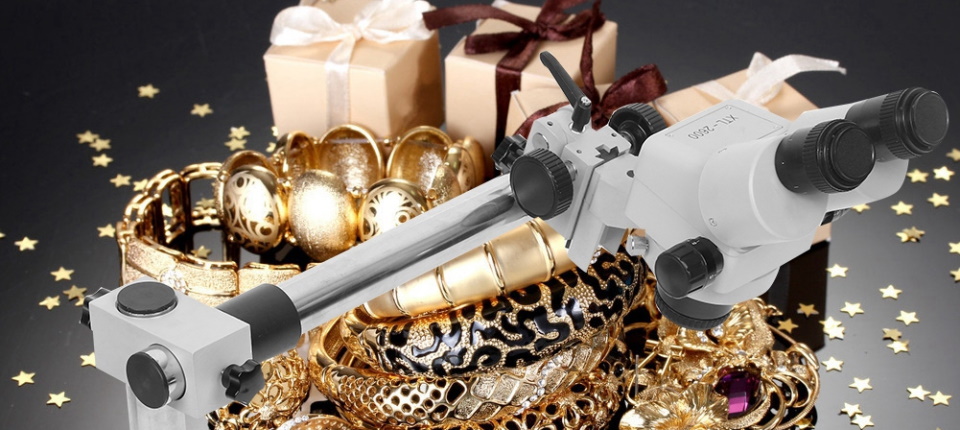
- in agriculture, breweries and wineries for product control;

- as a gift for a child or for a student;
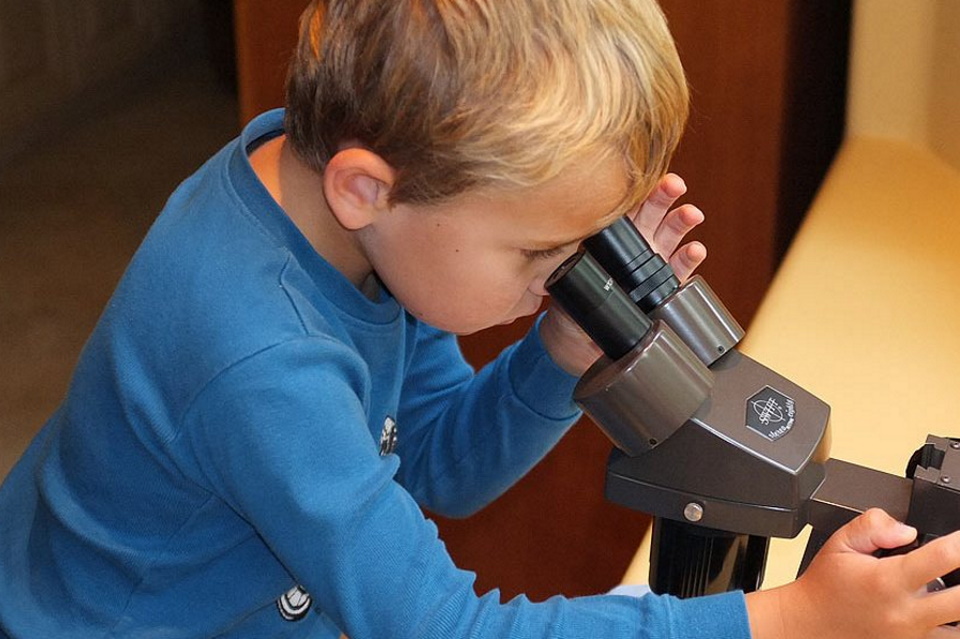
Peculiarities
Features that distinguish stereomicroscopes from other microscopes:
- three-dimensional (3D) image that transmits the material under study in the form in which it is separately observed by human eyes;
- not inverted image;
- focal lengths extended up to 40 cm, allowing to study large samples;
- a slight increase of no more than 100x;
- increased depth of field, which allows you to very accurately determine the characteristics of the micro-object;
- wide field of view.
Advantages
- operational reliability;
- high resolution;
- crystal clear without distortion;
- natural color rendering;
- brightness and high contrast;
- possibility of integration with digital equipment;
- long service life.
General device
A typical design includes a rack where the main elements are attached.
Lenses
Optical system of consecutive lenses. Made in the form of tubes, where up to 14 lenses are attached, magnifying the image taken from the surface in front of the lens. As a result, when the first lens magnifies twice, the next one will increase this projection even more. The process continues until the picture is presented on the last lens.
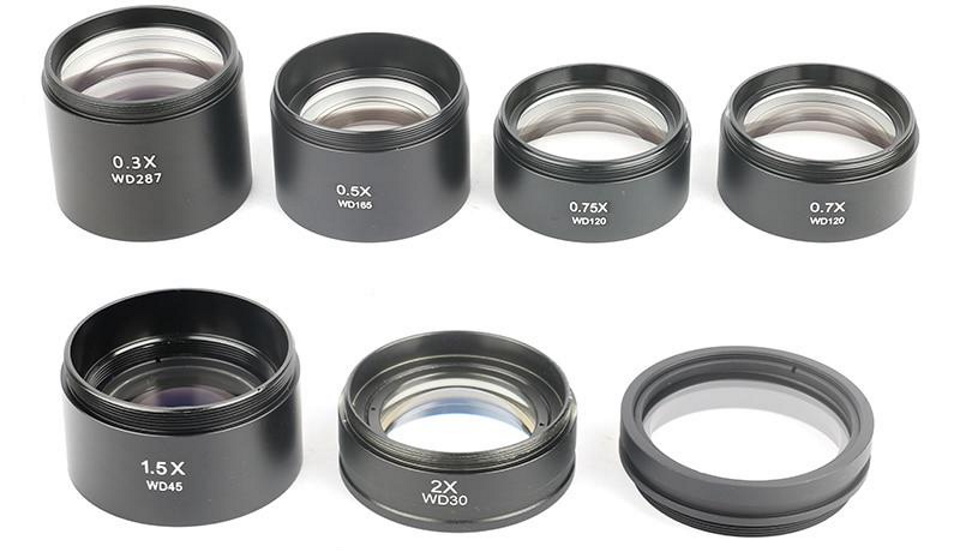
What are:
- estimated quality:
- achromatic - use within the spectrum from 486 nm to 656 nm to obtain a bluish-reddish image;
- apochromatic - obtaining a clear image with accurate color reproduction;
- flat field (plan lenses) - a sharp picture for the entire field of view;
- by parametric characteristics:
- a tube with a limited size (160 mm) or "infinity";
- magnification up to 10x (small), up to 50x (medium), more than 50x (large), or more than 100x (extra large);
- apertures up to 0.25 (small), up to 0.65 (medium) or over 0.65 (large);
- working distance is increased, large or extra large;
- linear field up to 18 mm (normal), up to 22.5 mm (wide), or greater than 22.5 mm (extra wide);
- height standard (33 or 45 mm) or non-standard;
- by design features:
- without a springy frame or with a springy one;
- without a corrective frame or with it;
- with internal iris diaphragm;
- by research methods:
- without cover glass or with it;
- in reflected or transmitted light, polarizing, phase, luminescent;
- non-immersion or immersion.
Lens markings:
- magnification value (times, x-folds) - 20x, 50x;
- aperture - 0.55;
- research methods: phase (P), polarization (P), luminescent (L), phase-luminescent (PL), epiobjective (EPI);
- correction: apochromatic (APO), planochromatic (PLAN), planapochromatic (PLAN-APO).
Eyepieces
A system that projects the display of an object into the eyes. Consists of a group of lenses mounted closer to the imaging plane and an eye group next to the eyes.
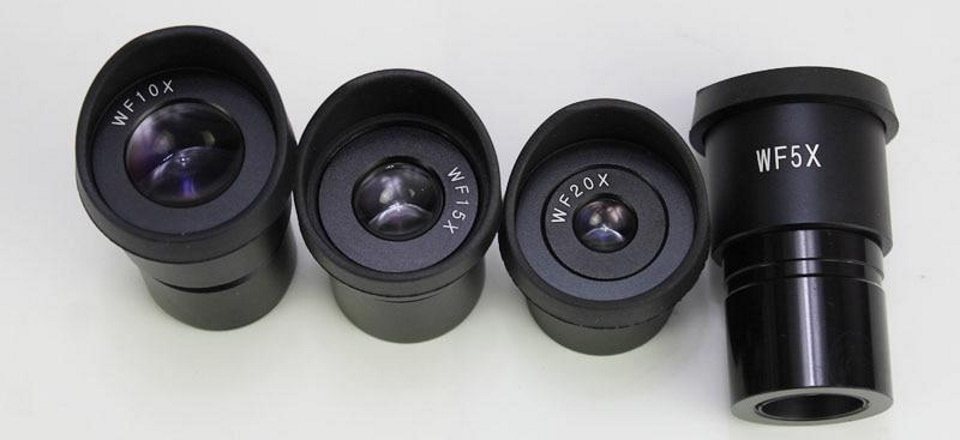
They differ in characteristics:
- non-compensatory or compensatory action;
- the field is normal or flat;
- wide-angle (ocular number greater than 180) or ultra wide-angle (more than 225);
- having extended pupils to work with glasses;
- for projection, photographing;
- with or without internal guidance.
Lighting
Diaphragm, lens and mirror system to uniformly illuminate the object and completely fill the lens aperture.
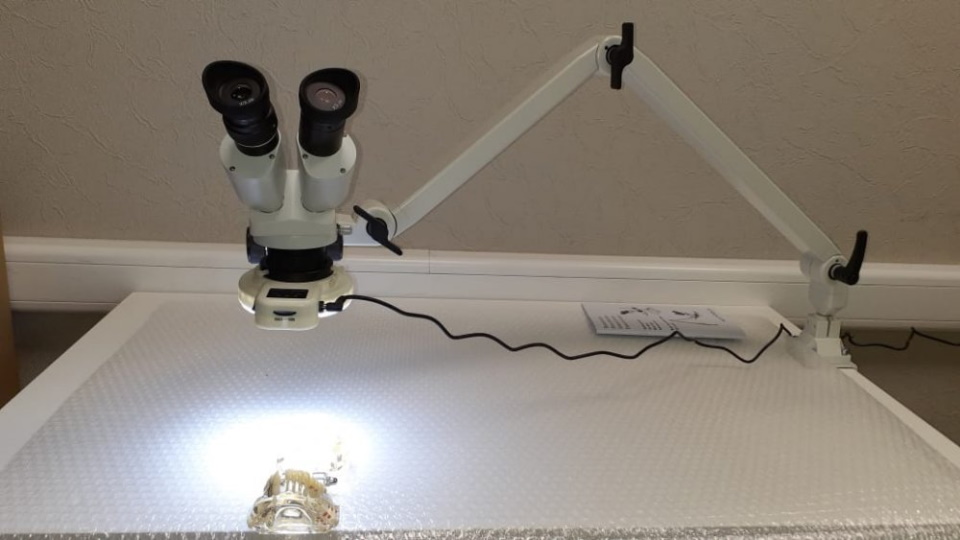
Includes items:
- a collector that increases the size of the luminous body;
- condenser to increase light output.
Subject table
The mechanical assembly of a product with a flat surface for fixing or fixing the object of study.
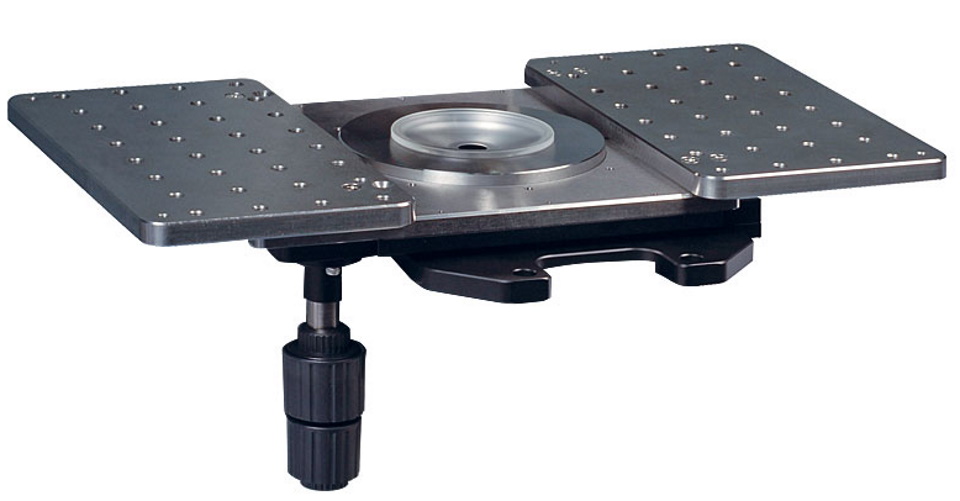
Types of subject tables:
- motionless;
- coordinate;
- rotating:
- not centered;
- centered.
Classification
A wide scope of application determines the variety of products that differ in characteristic features.
By type
- Digital.
- Analog.
By type of magnification change
- Constant - for the simplest devices.
- Stepped (discrete) - simple switching of the handle of the optical mechanism.
- Smooth (zoom, pancratic) - for modern universal products.
According to the optical scheme
Grenu's scheme
Image formation is carried out along two symmetrical optical paths, which diverge at a stereoscopic angle. Each system for viewing objects is equipped with a separate lens and eyepiece, has precise centering, and is also combined into one body.
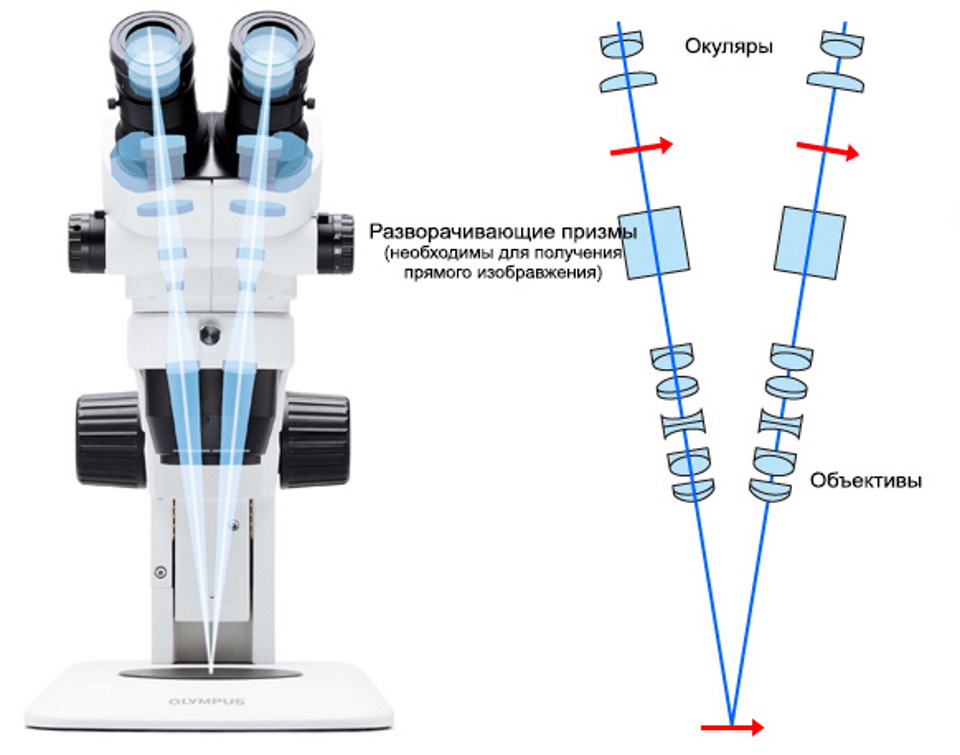
The optical block is equipped with a pair of inverting mirrors or prisms that correct the image orientation to form a correctly oriented image.
- excellent depth of field and stereoscopicity;
- ease of correction of optical aberrations;
- compactness;
- low cost.
- keystone distortion of the picture.
Abbe scheme
Image formation is carried out by two independent parallel optical channels located perpendicular to the plane of the studied sample, with a common objective lens of large diameter. The construction of the structure ensures the projection of the image to infinity for the convergence of optical channels to the focal point of the object plane.
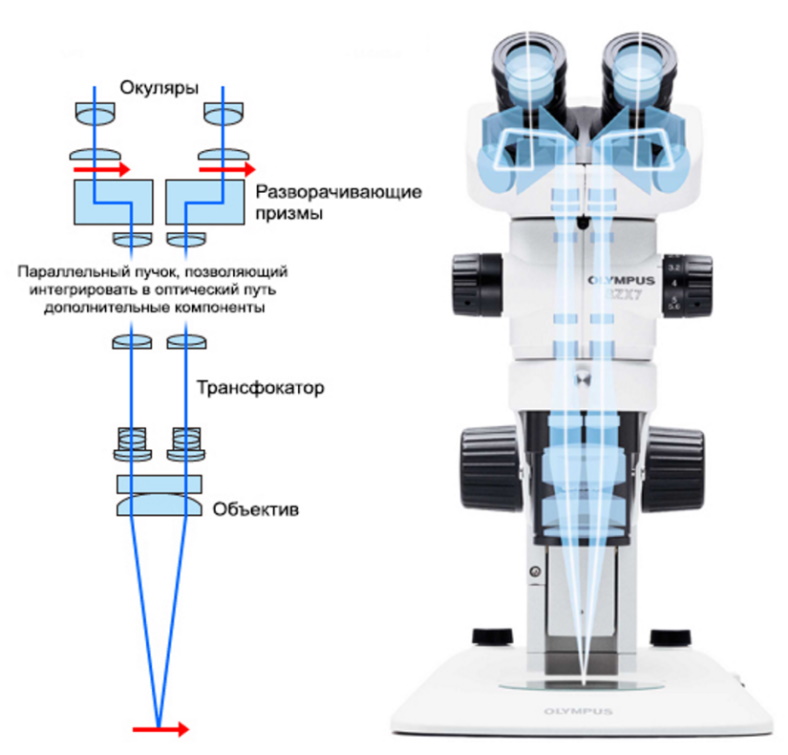
- large luminosity;
- high accuracy of research results;
- good correction of optical aberrations;
- improved resolution;
- accurate color reproduction;
- additional accessories and kits for polarization, fluorescence, heated tables.
- significant dimensions;
- lack of visual sensation of a three-dimensional image;
- high price.
Criterias of choice
If necessary, which one is better to buy a stereomicroscope, first of all, you need to work out and answer the following questions:
- why do you need such a device;
- what objects need to be investigated, visualized or fixed;
- how long will it take to use the product;
- financial opportunities that determine the types of models - budget or luxury.
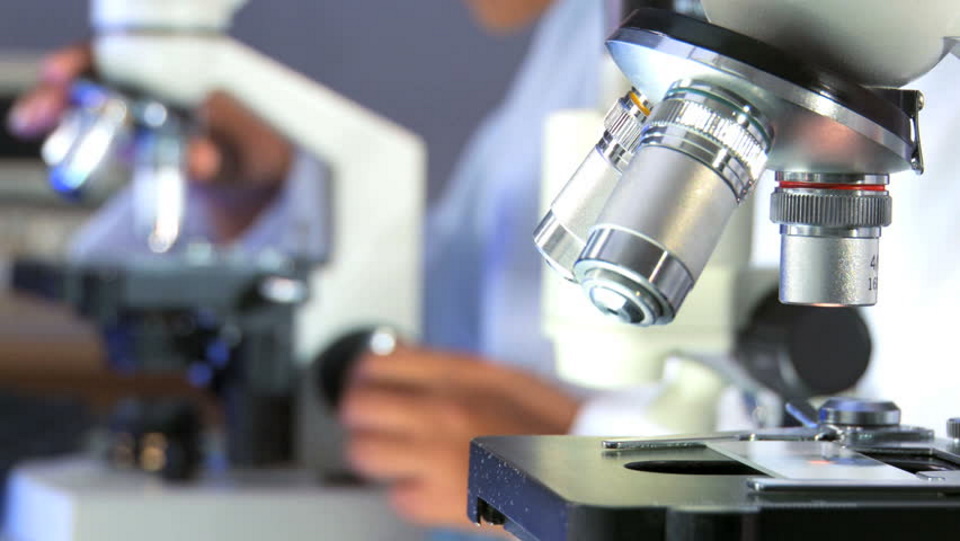
After determining these conditions, you can begin to refine the technical characteristics, the values of which are selected individually according to the purpose of the research:
- the total increase, the value of which is the sum of the indicators of the regulator, objective and eyepieces;
- zoom block (controller). Popular models provide a 16x ratio (zoom block) in the range of 20.5:1, and also have the necessary elements for accurate measurements;
- depth of field;
- an object field that depends on the degree of magnification. Eyepieces with 10x have an apparent field value (F.N.) of 23, i.e. with a single increase it will be 23 mm in diameter, and with a threefold increase it will be reduced by a third and will be 7.66;
- optical quality with a high degree of aberration correction;
- working distance from the sample to the lens. As magnification increases, it decreases;
- ergonomic parameters for comfortable work;
- correct definition of lighting:
- falling - for all opaque objects;
- transient - when studying transparent samples;
- bright field of transmitted light - for studying high-contrast objects;
- oblique passing - when studying colorless materials;
- dark field - the use of a special tripod with mechanisms for redirecting light at an oblique angle;
- contrast for transparent materials - to show changes in refractive index using brightness.
Selecting the right product for a specific application is a key factor in achieving the desired result. Due to the constant workload of stereomicroscopes in any institution or laboratory, purchasing officials must be confident that they can be easily adapted to any user.
It is important to know what to look for in order to avoid mistakes when choosing.
Where could I buy
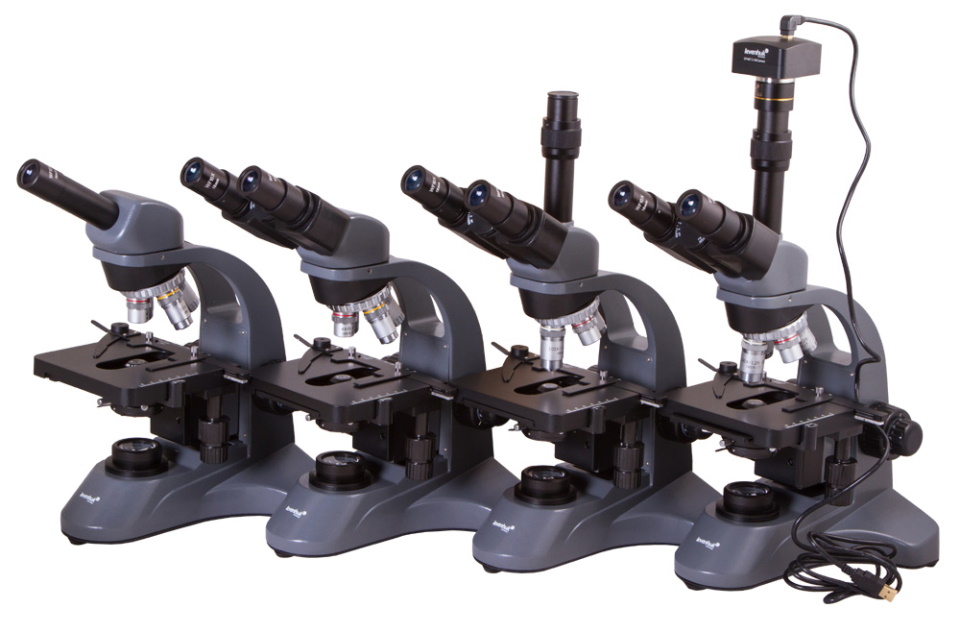
It is necessary to buy the best inexpensive stereoscopic microscopes in specialized stores selling equipment for the educational process, scientific and medical research, as well as sales offices of well-known manufacturers of optical equipment.
Today, the opportunity is used to order online in an online store that supplies stereomicroscopes. In addition, on the pages of the largest electronic marketplaces Yandex.Market or Ozon.ru, you can find out the necessary information about the product - how much the required product costs, study the description, compare characteristics, find a store and place an order for the product.
In recent years, stereo microscopes have been actively ordered from Ali Express. Numerous positive reviews and recommendations, according to buyers, demonstrate the high quality of the services provided and determine the popularity of the models.
Rating of the best stereomicroscopes
The review presents the best devices on the Russian market, which differ in optical channel construction schemes. Positions were largely determined by the opinions of consumers who use this technique to solve their problems, and not only by the popularity and characteristics of the models.
Best Stereo Microscopes with Grenu's Diagram
Micromed MS-2-ZOOM var.2CR

Brand - Micromed (Russia)
The country of origin is China.
The rating of quality products is opened by products of the Russian trademark of Chinese production for the study of film (transparent) and bulk samples. It is used when performing fine technological operations, preparation, study of minerals.
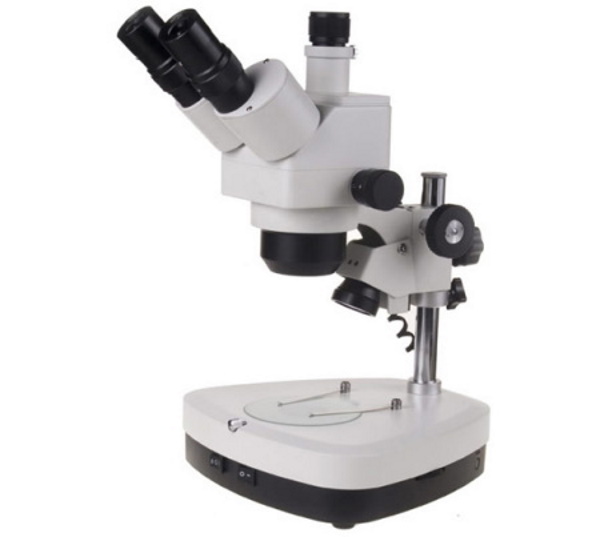
Research is carried out in natural or artificial light. To do this, there are built-in illuminators of reflected and transmitted light with brightness control.
Equipped with a visual attachment with the function of displaying images online on a computer using a video eyepiece (optional).
Warranty period up to 1 year. Offered at a price of 29890 - 34030 rubles.
- smooth change of increase in the course of work with preservation of quality thanks to a pancratic lens;
- convenient image output to a computer through a video eyepiece;
- large depth of field with good contrast throughout the field;
- color accuracy and excellent detail;
- stereo pair with smooth and precise focusing;
- modular layout with the ability to select a configuration at the request of the user;
- expansion of the scope of use due to a large set of additional accessories;
- simple control even for a child;
- good value for money.
- Additional accessories are not included in the basic delivery.
Altami CM0655

Brand - Altami (Russia)
Country of origin - Russia
Model of domestic production for repair work in soldering or PCB inspection, in the restoration process, jewelry or research centers.
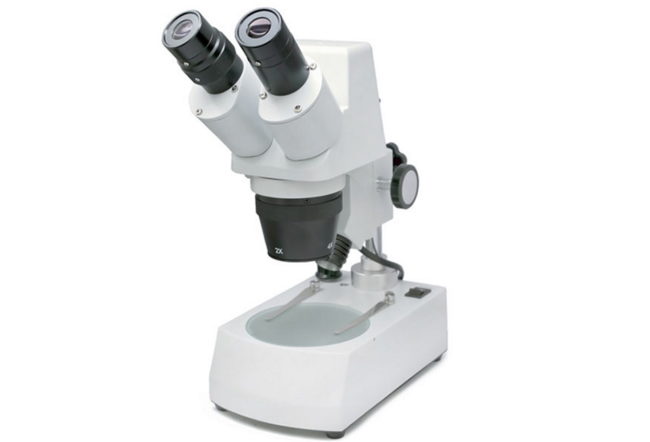
Available in binocular or trinocular versions, it is possible to additionally equip a digital camera to take digital images and save them on a computer.
Warranty 1 year. Offered at a price of 42,900 - 45,000 rubles.
- long working distance;
- wide magnification range;
- high depth of field;
- execution in binocular or trinocular version;
- good resolution;
- a large set of accessories;
- compactness.
- no field curvature correction;
- additional accessories are not included in the basic package.
Bresser Advance ICD 10x-160x

Brand – Bresser (Germany)
The country of origin is Germany.
Universal model for professional use, combining German quality optics, reliable mechanical part, functionality and convenience. A wide range of magnifications allows you to use it in various fields, working with objects directly on the stage.
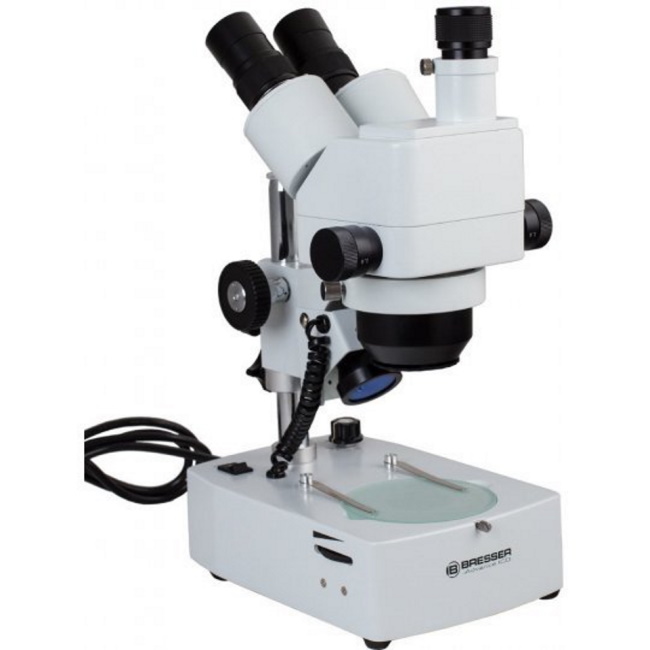
Good for repairing jewelry, electronic devices, and examining rock or mineral samples.
10 year warranty. You can buy at a price of 68950 - 72360 rubles.
- wide area of use;
- high-quality optics with multilayer coating;
- good brightness and contrast of the image;
- accurate color reproduction;
- comfortable eyecups to prevent side illumination;
- smooth focusing without backlash;
- the ability to install a digital camera on a trinocular attachment for photographing an image or demonstrating it on a screen for a large audience;
- massive metal base with built-in two illuminators, switched on together or separately;
- metal housing for reliability and long service life.
- weak illumination.
Video review of the microscope:
Stemi 508
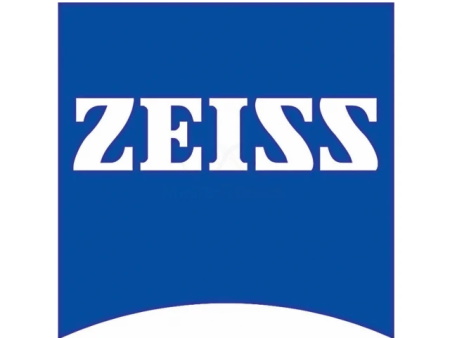
Brand – Zeiss (Germany)
The country of origin is Germany.
Popular German-made professional model for research or industrial applications. Displayed objects are presented as they really are.
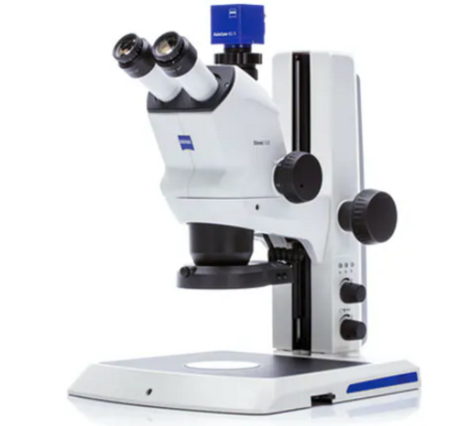
A stable tripod makes it easy to move the device to a new location. The remote rod allows you to examine large samples, control the quality of textile, glass and metal products. The modular design is easy to combine to expand functionality.
The resulting image is very contrasty. An 8:1 zoom gives you a 3.5cm field of view on the subject at 50x zoom.
The average price is 395,000 rubles.
- excellent sharpness;
- high resolution;
- a large set of tripods and lighting fixtures;
- the ability to connect digital equipment for photo-video recording of images and broadcast to a computer;
- polarizing filter;
- high-precision mechanics with a long service life.
- high price.
Olympus SZ61

Brand - Olympus (Japan)
Country of origin - Japan.
Universal device with high quality lenses, suitable for examination of microscopic objects in medicine, biology or metal science. Can be used when solving problems that require registration of the resulting images.
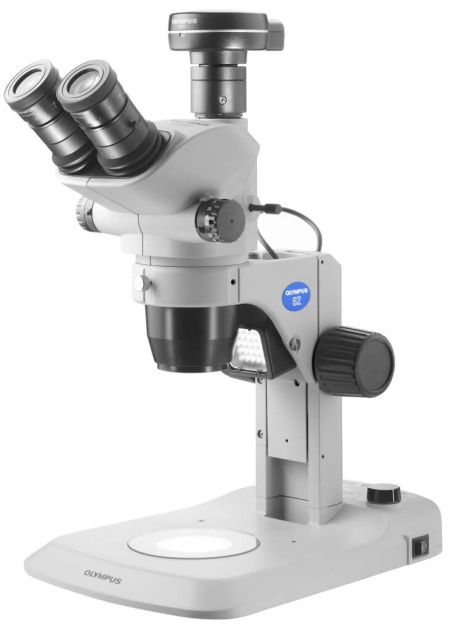
The large working distance allows for various manipulations with large samples. It is possible to use various lighting devices for transmitted and reflected light, as well as ring LEDs.Built-in micrometer allows you to measure the distance between the elements of the studied materials.
Warranty period 1 year. Sold at a price of 178,500 - 210,000 rubles.
- large selection of lenses;
- smooth change in magnification;
- flat field with excellent depth of field;
- accurate color reproduction;
- high contrast;
- the presence of a port for connecting digital photo and video equipment;
- electrostatic protection system.
- high price.
comparison table
| Options | Micromed MS-2-ZOOM var.2CR | Altami CM0655 | Bresser Advance ICD 10x-160x | Stemi 508 | Olympus SZ61 |
|---|---|---|---|---|---|
| Magnification, times | 10x - 40x | 6x - 55x | 10x - 160x | 6.3x - 50x | 6.7x - 45x |
| Eyepieces, multiple/field | 10x/23; 5x/20; 15x/15; 20x/10 | 10x/23; 15x/17; 20x/14; 30x/9 | 10x/22; 10x/11; 20x/11; 20x/5.5 | 10x/23; 16x/16; 25x/10 | 10x/22; 20x / 12.5; 15x/16; 30x/7 |
| Lenses | 1 - 4 | 0.37x; 0.5x; 0.7x; 1.5x; 2 | 2x | 0.3x; 0.4x; 0.63x; 1.5x; 2x | 0.5x; 0.75x; 1.25x; 1.5x; 2x |
| Working distance, mm | 85 | 108 | 80 | 92 | 110 |
| visual attachment | trinocular | binocular or trinocuar | trioncular | binocular | binocular |
| Tilt angle | 45 | 45 | 45 | 35 | 45; 60 |
| Interpupillary distance | 55 - 75 | 52 – 75 | 55 – 75 | 55 – 75 | 52 – 76 |
| Dimensions, mm | 240 x 310 x 350 | 161 x 189 x 248 | 330 x 148 x 502 | 370 x 212 x 380 | 194 x 253 x 324 |
| Weight, kg | 5 | 3.4 | 4.7 | 13 | 3.5 |
The best stereo microscopes with the Abbe scheme
MSP-2 option 5

Brand - LOMO (Russia).
Country of origin - Russia.
Russian-made optical device for studying small objects and performing fine work, such as preparation, research of minerals, and performance of technological operations.
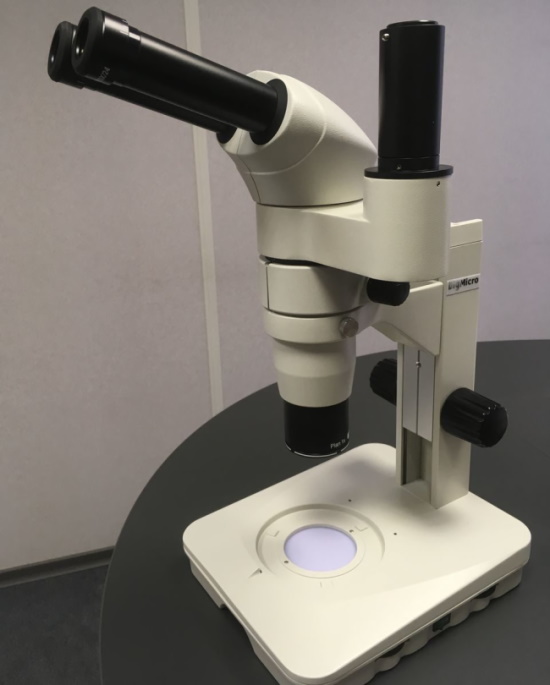
Equipped with a zoom-click system with a zoom ratio of 10:1. When using a 2x plan lens and 30x eyepieces, a maximum magnification of 480x and excellent detail is achieved.The design uses a fine focusing system, a transmitted light LED illuminator, and a reflected light LED ring illuminator.
Offered at a price of 190,000 rubles.
- excellent picture quality at high magnification;
- high resolution up to tens of microns;
- use of plan achromatic objectives;
- the presence of a photo-video output on the binocular nozzle.
- not identified.
Levenhuk 850B
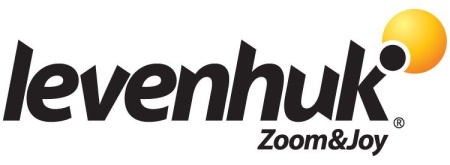
Brand - Levenhuk (USA).
The country of origin is China.
Binocular model for the study of small objects from China under the American brand. Used in medical institutions for laboratory research.
The revolving mechanism with interchangeable magnification easily sets four objectives in the working position. Aperture and field diaphragms are regulated by the classical type of illumination (according to Kepler).
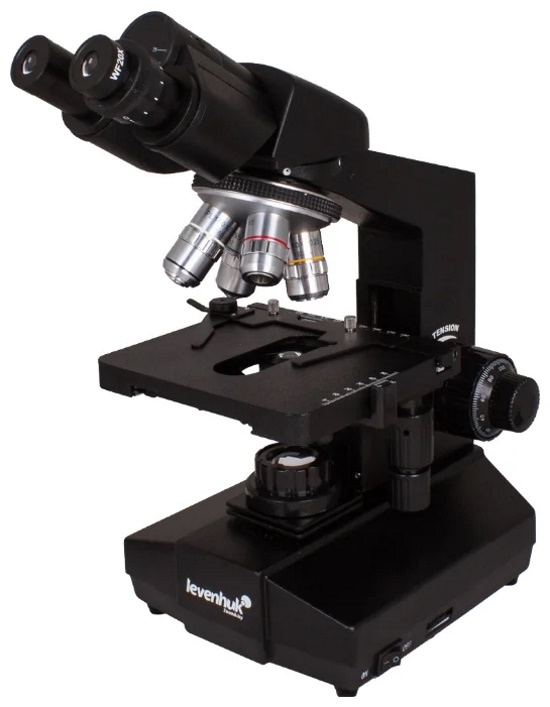
Focusing is carried out by fine and coarse adjustment screws. Precise aiming of the product is performed by moving the object table in the vertical plane with the focusing handles. In addition, the table can move horizontally.
The warranty covers the lifetime of the product. Sold at prices from 55,000 rubles.
- high magnification up to 2000x;
- excellent optics;
- practically no aberration;
- swivel binocular attachment;
- movement of the object table in two planes;
- built-in halogen lighting;
- the ability to connect a digital camera;
- excellent price-quality ratio;
- full metal body.
- small eye relief, which creates inconvenience when working with glasses;
- the halogen lamp heats up the base of the product very much.
Video review of this microscope:
Olympus SZX7

Brand - Olympus (Japan)
Country of origin - Japan.
Universal optical device made in Japan for research and work with microscopic objects with obtaining a three-dimensional image.
Modular design allows you to select the optimal configuration for different tasks. Connection of digital video-photo equipment provides registration of the results of the studied samples. To do this, you can change the binocular attachment to the trinocular.
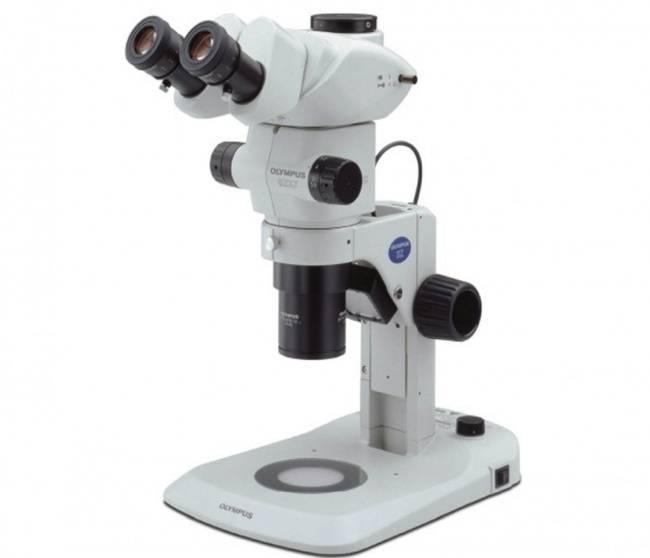
The large working distance allows the sample to be freely manipulated in front of the objective with various instruments.
Warranty period 1 year. You can buy at a price of 343,400 rubles.
- wide range of magnifications;
- convenient zoom control;
- modular design;
- the possibility of replacing eyepieces;
- long working distance.
- high price.
Primo Star

Brand - Zeiss (Germany).
The country of origin is Germany.
Universal entry-level binocular device made in Germany for laboratory research. Fixed configuration options provide research on the main methods of microscopy.
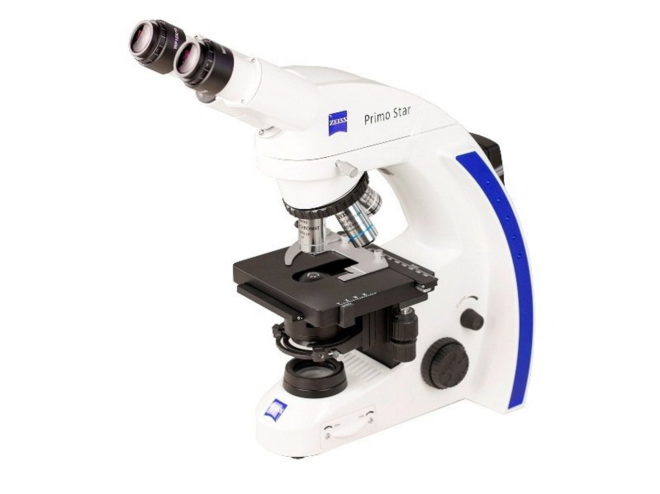
Product warranty 3 years. The cost is from 265 thousand rubles.
- high-quality lenses with well-thought-out adjustment with infinity correction;
- convenient adjustment of eyepieces;
- with binocular nozzle type Siedentopf;
- the possibility of equipping a digital camera;
- good Keller illumination with a 30 W halogen lamp with brightness control;
- ease of operation;
- long service life;
- modular design;
- excellent value for money.
- high price.
How to install this microscope - in the video:
Nikon Eclipse E100

Brand - Nikon (Japan).
Country of origin - Japan.
A type of optical device equipped with high-quality Japanese Nikon optics for long-term scientific research, in the educational process, or as a children's gift. The ergonomic product is easy to operate even with one hand. The eyepieces have a wide field of view and independent settings. For this model, the designers have developed special plan achromatic objectives.
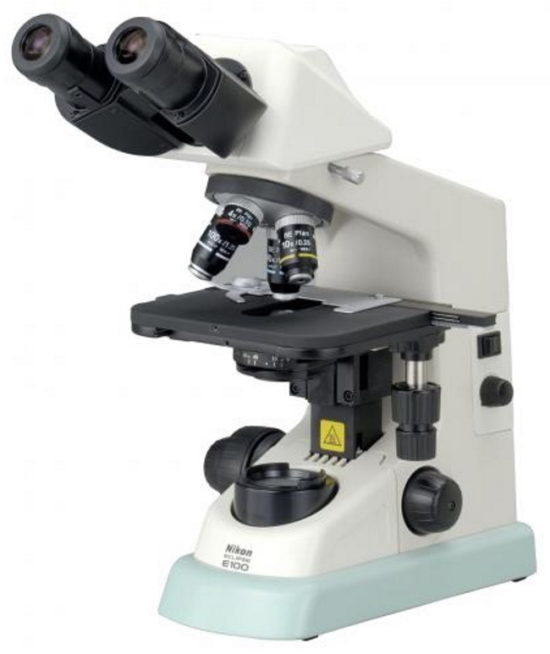
The stage is equipped with LED lighting to achieve better contrast of the observed samples. Provides high image sharpness in a wide range up to 1500 times.
The service life of the product is increased due to the use of a special antifungal coating in the most vulnerable places to protect the mechanisms from dangerous bacteria and fungi.
Offered at a price of 70,000 rubles.
- high intensity LED lighting;
- special lenses for making flat images;
- antifungal protection;
- ergonomic design;
- compactness;
- ease of operation;
- equipment with trinocular and binocular tubes;
- easy replacement of the halogen lamp;
- ease of transportation;
- low average price.
- not detected.
Video review:
comparison table
| Options | MSP-2 option 5 | Levenhuk 850B | Olympus SZX7 | Primo Star | Nikon Eclipse E100 |
|---|---|---|---|---|---|
| Magnification, times | 8x - 80x | 40s - 2000s | 4x - 112x | 4x - 100x | 40x - 1500x |
| Eyepieces, multiple/field | 10x/24; 20x/10 | 10x; 20x | 10x/22; 20x / 12.5; 15x/16; 30x/7 | 10x/18; 10x/20 | 10x/18; 15x/12 |
| Lenses, multiple | 0.8x - 8x | 4x; 10x; 40x; 100x (oil) | 0.5x; 0.75x; 1x; 1.25x; 1.5x; 2x | 4x; 10x; 20x; 40x; 100x | 4x; 10x; 20x; 40x; 60s; 100x |
| Working distance, mm | 78 | 24,95 | 110 | 12 - 0,21 | 60 |
| visual attachment | trinocular | binocular or trinocular | binocular or trinocular | binocular or trinocular | binocular or trinocular |
| Angle of inclination, hail | 45 | 30 | 30 or 45 | 30 | 30 |
| Interpupillary distance, mm | 50 - 75 | 55-75 | 50-76 | 48-75 | 47-75 |
| Dimensions, mm | 240 x 301 x 530 | 260 x 410 x 320 | 194 x 253 x 375 | 186 x 289 x 398 | 235 x 237 x 378 |
| Weight, kg | 6 | 6 | 4.5 | 9.6 | 6.5 |
Conclusion
Stereomicroscopes are widely used, which predetermines the variety of models produced. At the same time, they often differ in optical schemes and design, which makes no sense to compare with each other. Each of them has its own advantages and disadvantages.
When choosing a suitable product, you need to look at how the functionality of the device fits the solution of your tasks. Otherwise, you can become the owner of an unnecessary novelty at a very high price. In case of problems - how to choose or which company is better, contact professionals and listen to the advice of knowledgeable people.
Happy shopping and stay healthy!
new entries
Categories
Useful
Popular Articles
-

Top ranking of the best and cheapest scooters up to 50cc in 2022
Views: 131652 -

Rating of the best soundproofing materials for an apartment in 2022
Views: 127691 -

Rating of cheap analogues of expensive medicines for flu and colds for 2022
Views: 124520 -

The best men's sneakers in 2022
Views: 124034 -

The Best Complex Vitamins in 2022
Views: 121940 -

Top ranking of the best smartwatches 2022 - price-quality ratio
Views: 114981 -

The best paint for gray hair - top rating 2022
Views: 113396 -

Ranking of the best wood paints for interior work in 2022
Views: 110319 -

Rating of the best spinning reels in 2022
Views: 105330 -

Ranking of the best sex dolls for men for 2022
Views: 104367 -

Ranking of the best action cameras from China in 2022
Views: 102217 -

The most effective calcium preparations for adults and children in 2022
Views: 102012









